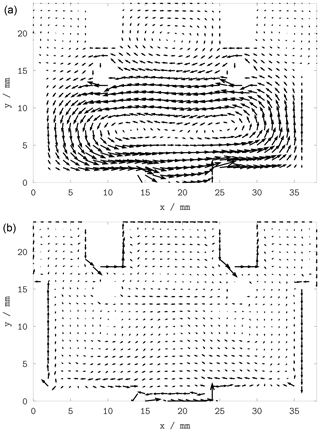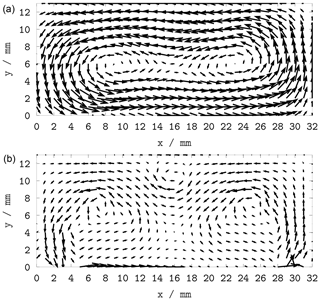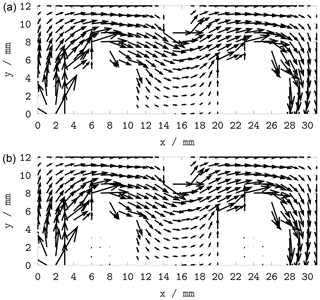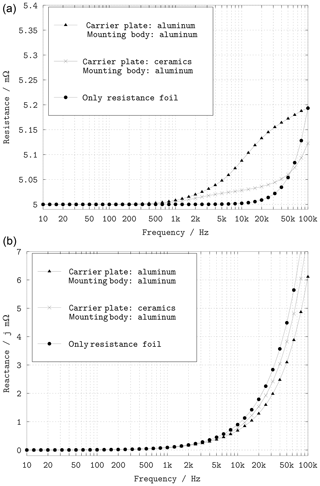Bergsten, T. and Rydler, K.-E.: Realization of Absolute Phase and AC Resistance of Current Shunts by Ratio Measurements, IEEE T. Instrument. Meas., 68, 2041–2046, https://doi.org/10.1109/TIM.2018.2882927, 2019. a
Bosco, G. C., Garcocz, M., Lind, K., Pogliano, U., Rietveld, G., Tarasso, V.,
Voljč, B., and Zachovalová, V. N.: Phase Comparison of High Current Shunts up to 100 kHz, IEEE T. Instrument. Meas., 60, 2359–2365, https://doi.org/10.1109/TIM.2011.2108553, 2011. a
Budovsky, I.: Standard of Electrical Power at Frequencies Up to 200 kHz,
IEEE T. Instrument. Meas., 58, 1010–1016, https://doi.org/10.1109/TIM.2008.2012376, 2009. a
Eaton, J. W., Bateman, D., Hauberg, S., and Wehbring, R.: GNU Octave, 3rd Edn., available at: http://www.gnu.org/software/octave/octave.pdf (last access: 17 December 2019), 2011. a, b
GDA: Aluminium in der Elektrotechnik und Elektronik, technisches Merkblatt E01, GDA Gesamtverband der Aluminiumindustrie, Düsseldorf, available at:
http://www.aluinfo.de/files/_media/dokumente/Downloads/Technische Daten/Merkblaetter/E1_Aluminium_in_der_Elektrotechnik_und_Elektronik.pdf (last access: 17 December 2019), 1999. a
Isabellenhütte: Zeranin 30, Isabellenhütte Heusler GmbH & Co. KG,
Dillenburg, available at:
https://www.isabellenhuette.de/fileadmin/Daten/Praezisionslegierungen/Datenblaetter_Widerstand/ZERANIN_30.pdf (last access: 17 December 2019), 2014.
a
Kamon, M., Silveira, L., Smithhisler, C., and White, J.: Fast Henry User's
Guide, Research Laboratory of Electronics, Department of Electrical Engineering and Computer Science, Massachusetts Institute of Technology, Cambridge, MA, USA, available at: https://github.com/ediloren/FastHenry2/tree/WRCad (last access: 17 December 2019), 1996. a, b, c, d
Lind, K., Sørsdal, T., and Slinde, H.: Design, Modeling, and Verification of High-Performance AC-DC Current Shunts From Inexpensive Components, IEEE
T. Instrument. Meas., 57, 176–181, https://doi.org/10.1109/TIM.2007.908602, 2008. a
Schönecker-Baußmann, M.: Supplementary dataset for Journal Article “AC Characteristics of Low Ohmic Foil Shunts Influenced by Eddy Currents in the Mounting Body”, ZES ZIMMER Electronic Systems GmbH, Germany, https://doi.org/10.5281/zenodo.3369544, 2019. a, b
Szwarc, J.: Predicting Drift in Foil Resistors, Vishay Precision Group,
Vishay Foil Resistors, available at: http://www.vishaypg.com/docs/63171/TN104.pdf (last access: 17 December 2019), 2012. a
Zandman, F. and Szwarc, J.: Non-Linearity of Resistance/Temperature
Characteristic: Its Influence on Performance of Precision Resistors,
Vishay Precision Group, Vishay Foil Resistors, available at:
http://www.vishaypg.com/docs/60108/VFR_TN108.pdf (last access: 17 December 2019), 2013. a












